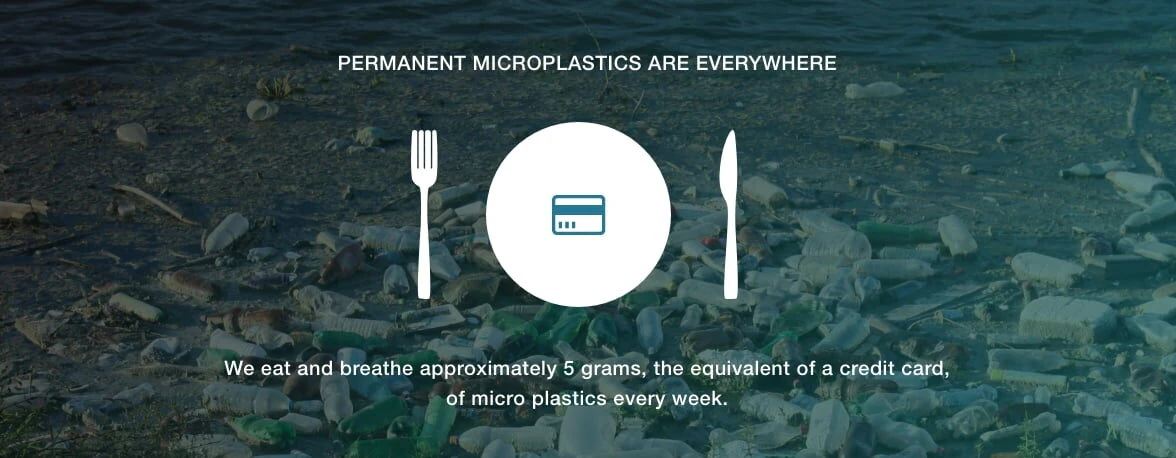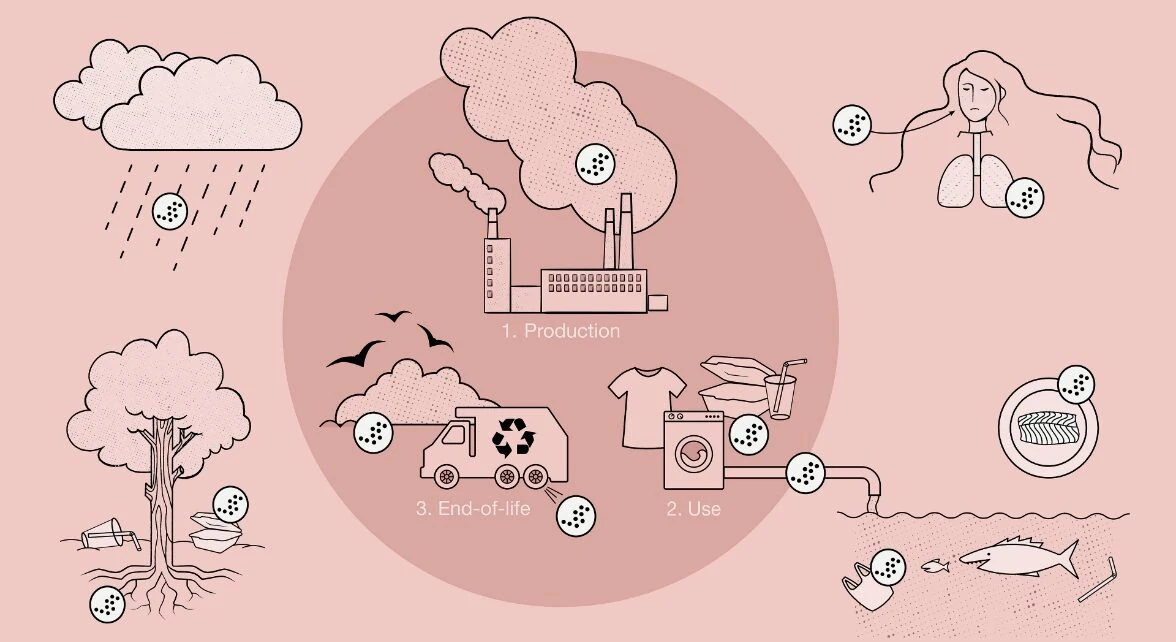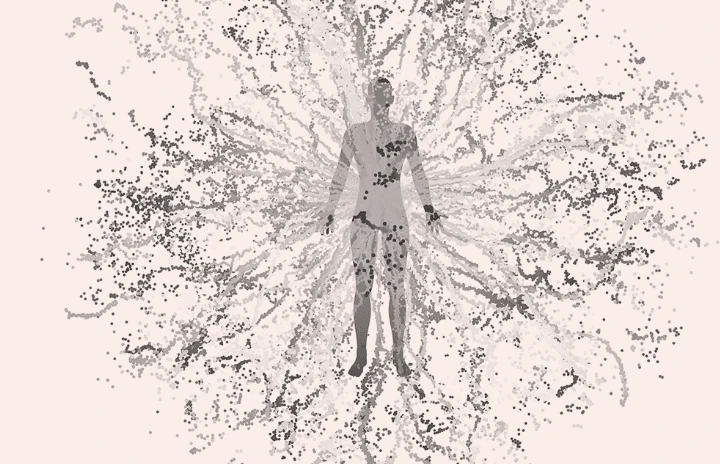Increasing concentrations of micro- and nanoplastic particles in human brain
Research looking at tissue from postmortems between 1997 and 2024 finds upward trend in microplastic contamination.
Microplastics accumulate in human brains
Twenty-four brain samples collected in early 2024 measured on average about 0.5% plastic by weight.
Nanoplastics linked to heart attack, stroke and early death, study finds
People whose plaque samples contained microplastics were two times as likely to suffer from a heart attack, stroke, or to die than other patients.
Microplastics can accumulate in human arteries
Scientists say that microplastics may be associated with atherosclerosis.
Nanoplastics linked to Parkinson’s disease
Study has found that nanoplastics can induce changes in the brain that are seen in Parkinson’s disease
Dietary and inhalation exposure to microplastics and its impact on health
The World Health Organization’s report summarized the scientific knowledge on human exposure to micro- and nanoplastics and its potential associated health risks.
Microplastics cause damage to human cells
Toxicological impacts of microplastic exposure in human cells have been identified.
Microplastics found in human hearts
Study published in Environmental Science and Technology provides preliminary evidence that microplastics can accumulate and persist in the heart and its innermost tissues.
Microplastics in human semen
Microplastics were found in six out of ten samples collected from men living in Southern Italy.
Microplastics entering from blood to brain
Study shows how orally administered nanoplastics breach the blood-brain barrier and reach the brain in mice.
Microplastics in the placentas of unborn babies
Scientists discovered evidence of microplastics in human placenta.
Microplastics in human breast milk
Scientists found microplastics in human breast milk. They are concerned over potential health impacts of chemical contaminants on babies.
Microplastics in human blood
Scientists discovered plastic particle pollution in human blood.
Microplastics in human lung
Scientists found microplastics in human lung tissue.
You eat the equivalent of a credit card of microplastics a week
Currently, people ingest approximately 5 grams of microplastics every week.
Bottle-fed babies swallow millions of microplastics a day
Exposure also affects plastic food containers, a study shows.


